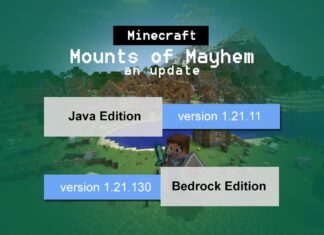In the past, if you wanted to learn a foreign language, you would need to travel to the region where the language was spoken and practice the language there or get a foreign tutor. This was often a laborious and pricey venture that very few people undertook.
However, in today’s modern society, you can learn numerous languages from the comfort of your home. Of course, offline classes are still available, but with the availability of high-speed internet, most students choose to study online.
Technology has truly done a lot to improve our lives, but it doesn’t stop there. When you explore you will find out reasons to learn a foreign language but there are tech tools that have been designed specifically to help students learn new languages. In this article, we will discuss the best digital solutions for language learners.
Best Digital Tools for Language Learning
Technology, when applied correctly, can be very useful and efficient. Much progress has been made in the linguistics world, but with the technology we have today, you can expect even more development in the years to come. So, without further ado, here I’m going to describe five way of learning language. I’ll explain the best tech tools students learning languages should have:
- Pear Deck
- Quizlet
- Google Translate
- Duolingo
- Google Tour Creator
1. Pear Deck
This Chrome extension can be very useful for listening and drawing exercises. Teachers can read instructions to students in a foreign language and have them draw based on your instructions. In the end, they can share their final work, which will help them not just learn the words of a language but understand what’s being said.
Some students learn the language for their studies, others – in the hope of better employment, while the rest just want to be more independent while traveling. All these learners sometimes have a need for translation services before they become fluent in the language they study. Such assistance can be received from a translation service. TheWordPoint is one agency that one can always rely on. They offer quality translations of any complexity.
2. Quizlet
This app is a great way to make learning languages easy and fun. Students are tasked to match words to pictures, but if you have other learning ideas, you can create your own study plan. If you’re looking to foster student collaboration, there’s also the “Live” mode, where students form teams and compete to get the highest scores.
3. Google Translate
Sometimes, you might struggle to interpret a certain sentence, or perhaps you aren’t confident in your pronunciation skills. Not to worry, Google Translate can help you with both problems.
For instance, you can take a snapshot of a sign in a foreign language, and Google will help translate it. You can also speak into the mic and watch your words transcribed live. This way, you can have an idea of how well you are pronouncing certain words. It’s not always accurate, but it’s good enough to show you how well you’re progressing.
4. Duolingo
This app combines artificial intelligence and language learning to provide users with a great experience. Their courses have been designed and rated by professionals. Through natural language processing, you can use speech to answer language questions, then have your performance graded based on the individual words pronounced. This is just one of the many benefits of technology on the translation industry. Also, Duolingo certificates are recognized by many educational intuitions, which makes it an affordable alternative to language exams.
5. Google Tour Creator
A great way to learn is by visual stimulation, and as the pandemic has made international travel a hassle, not many schools have the resources to sponsor excursions to historical locations. However, with Google Tour Creator, you don’t need to spend anything.
All you have to do is pick a location and you get a 360 degree view of your environment. You can also get audio narration of the location’s history. This way students get to learn not just the language, but the culture as well.
Conclusion
Every day we see advancements being made in technology. At one point, we were lifting stones by hand, now, we use a forklift. Change isn’t always a bad thing and should be encouraged.
The tools mentioned in this article are great and can prove helpful to any language-learning student. Embrace these technologies and learn to use them to your advantage and be an expert.
If you know anything else regarding the language learning or you would like to share some proven examples then please let us know in the comments and don’t forget to share it with others.


